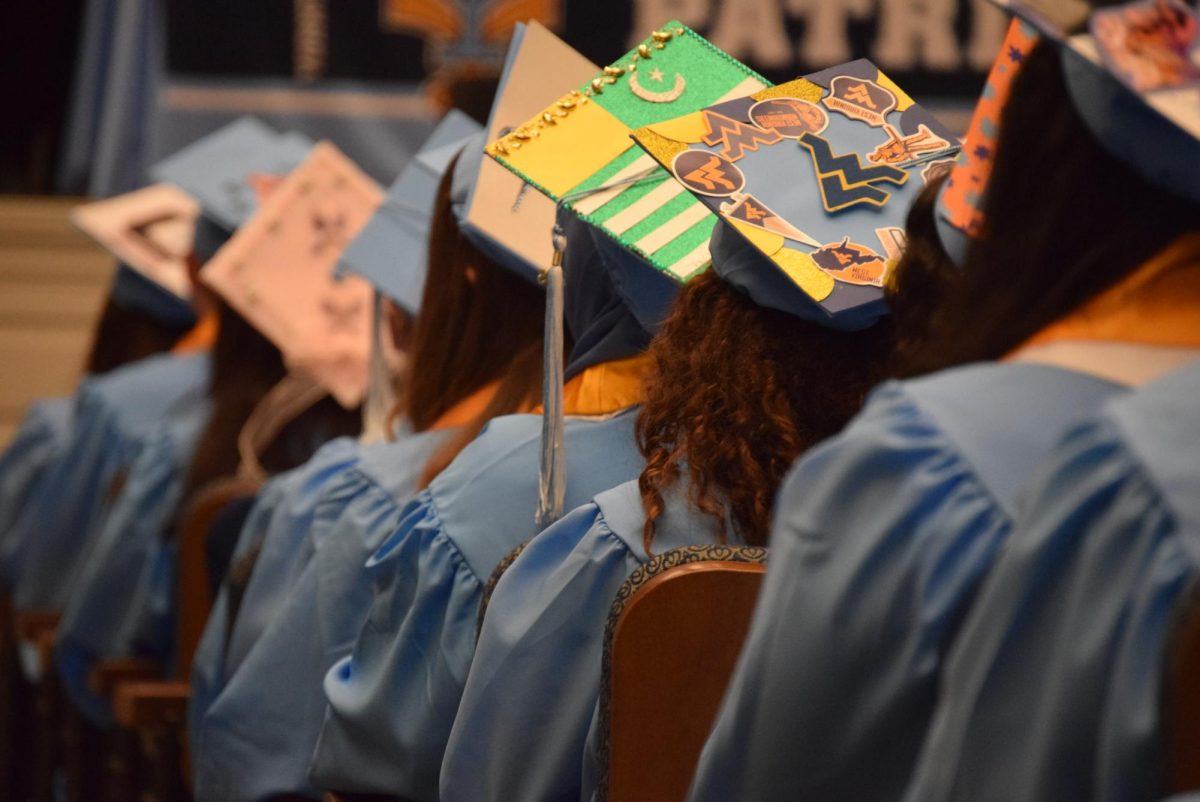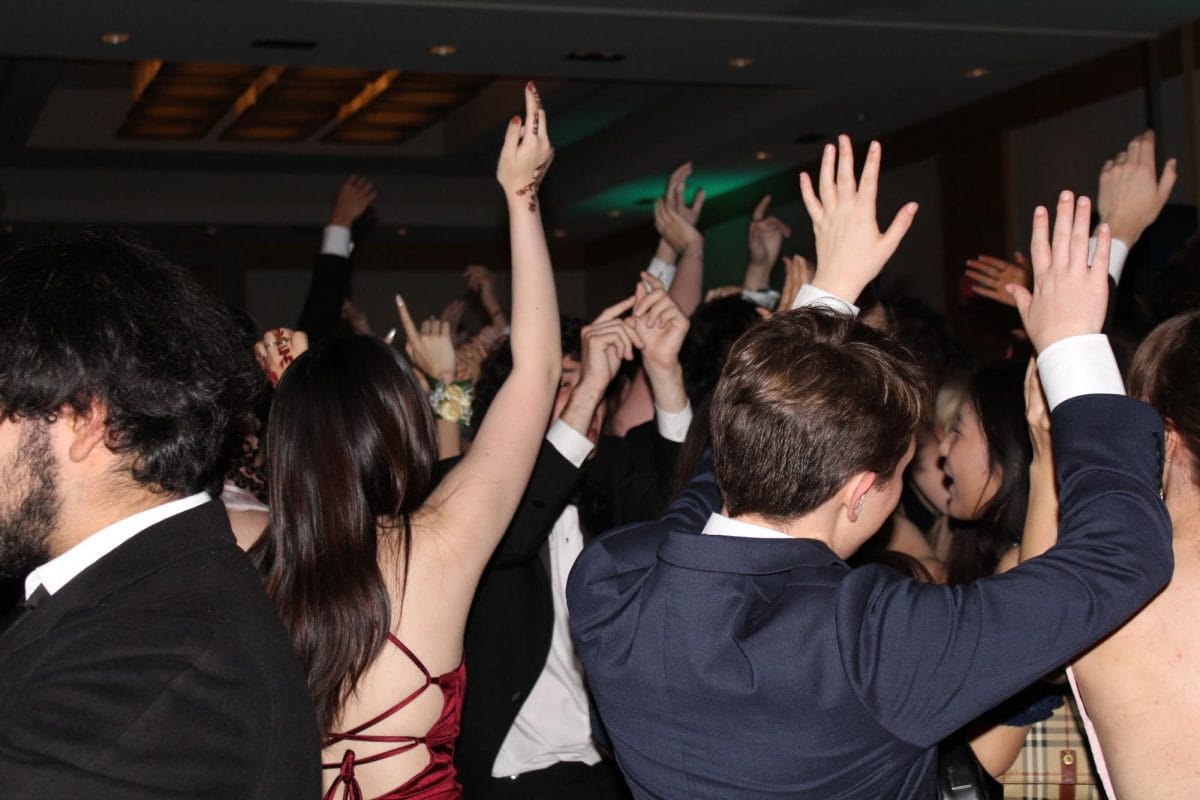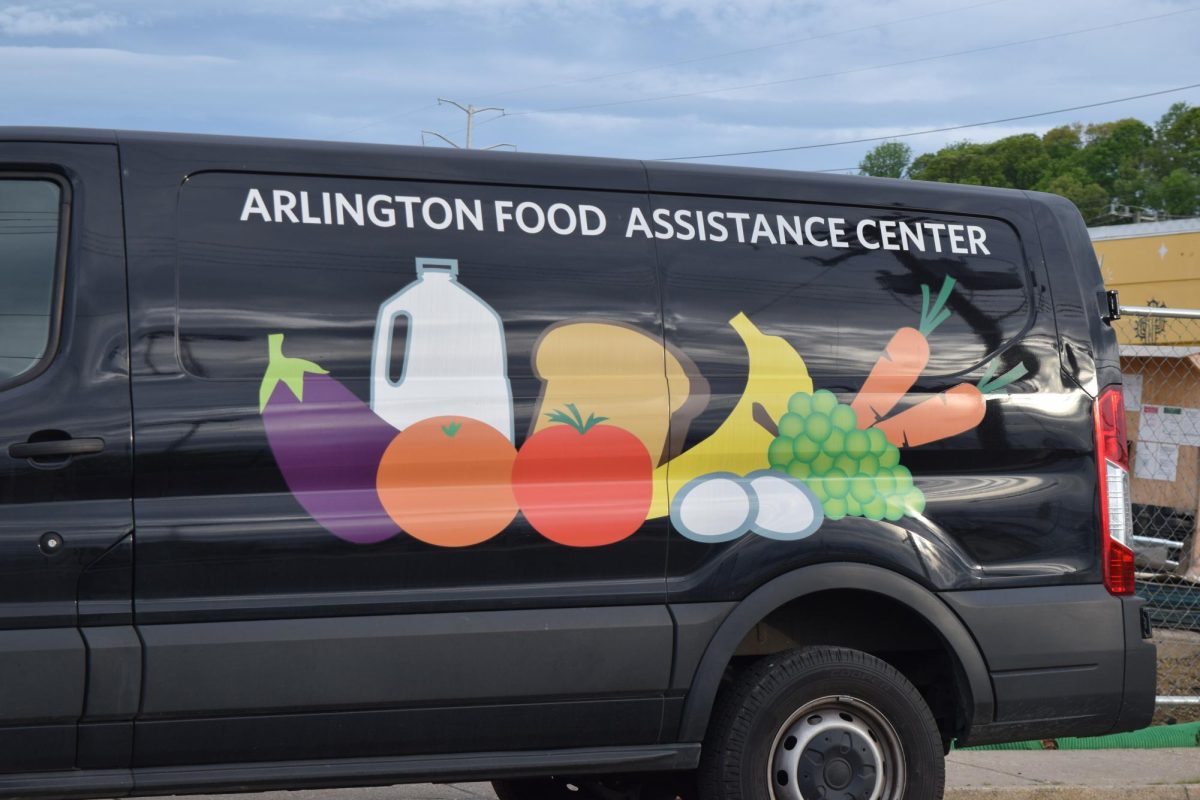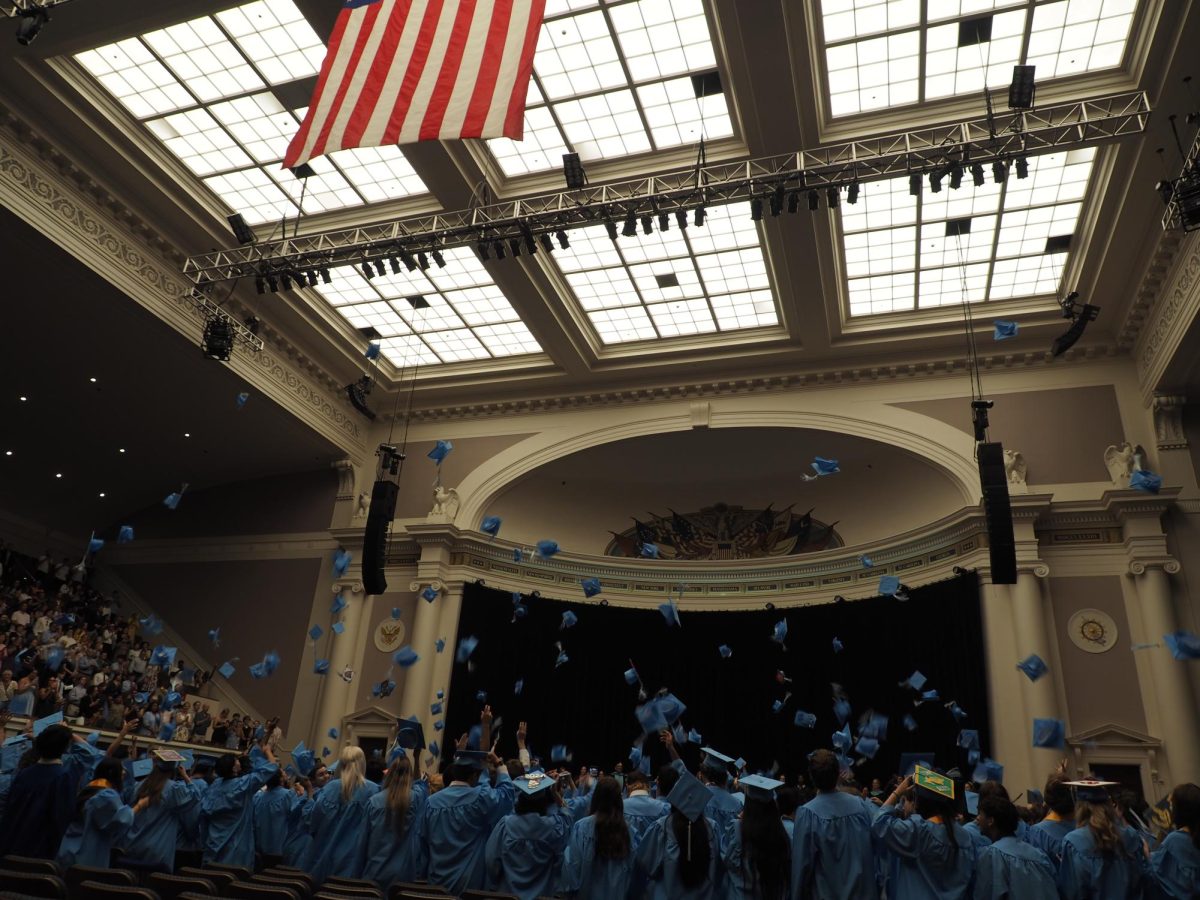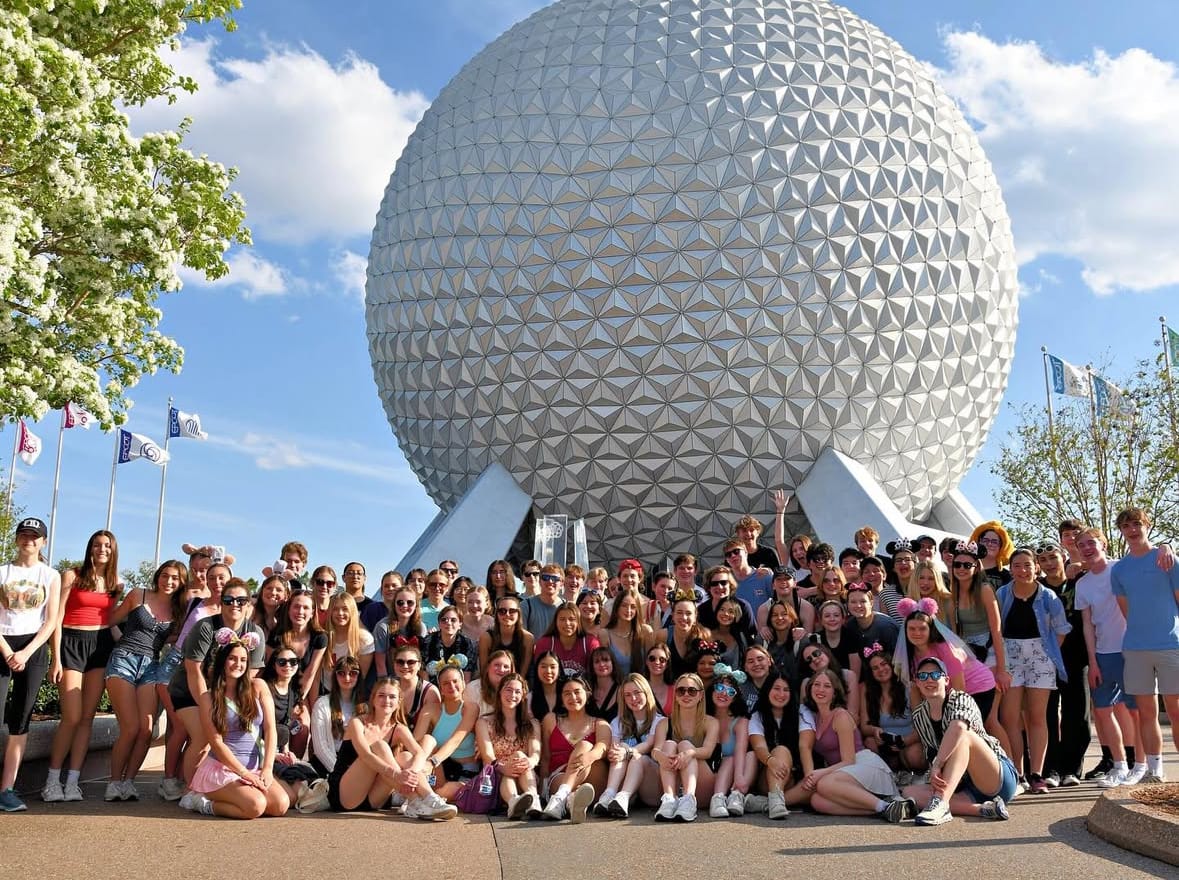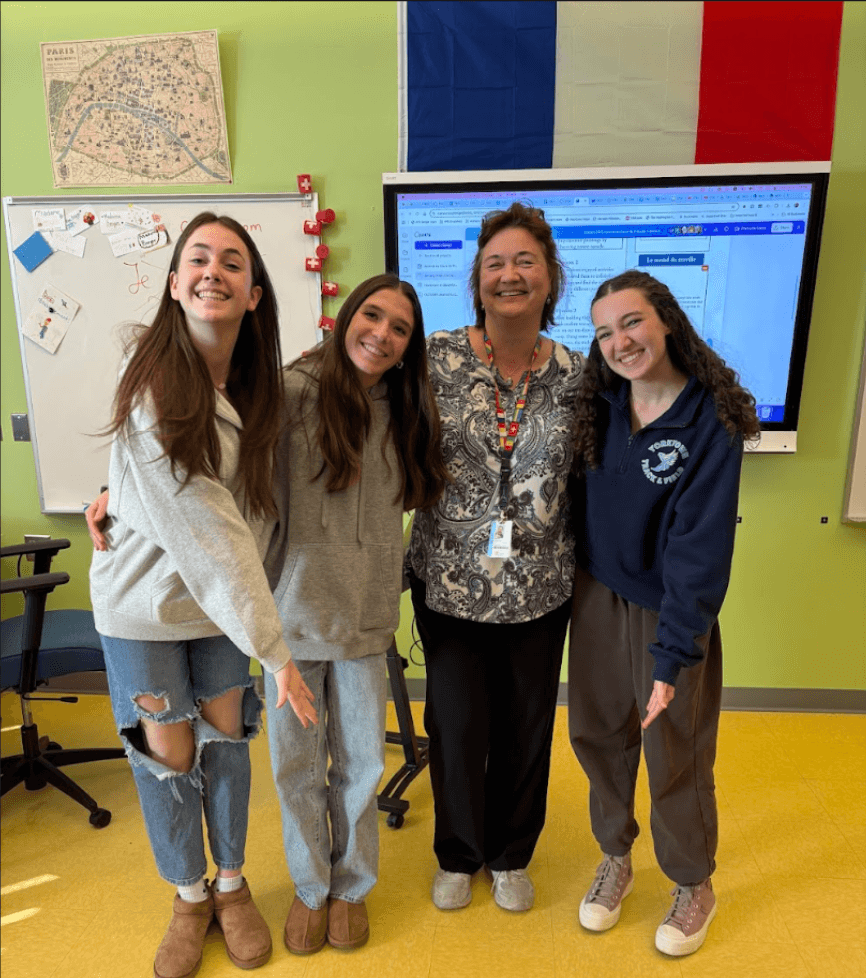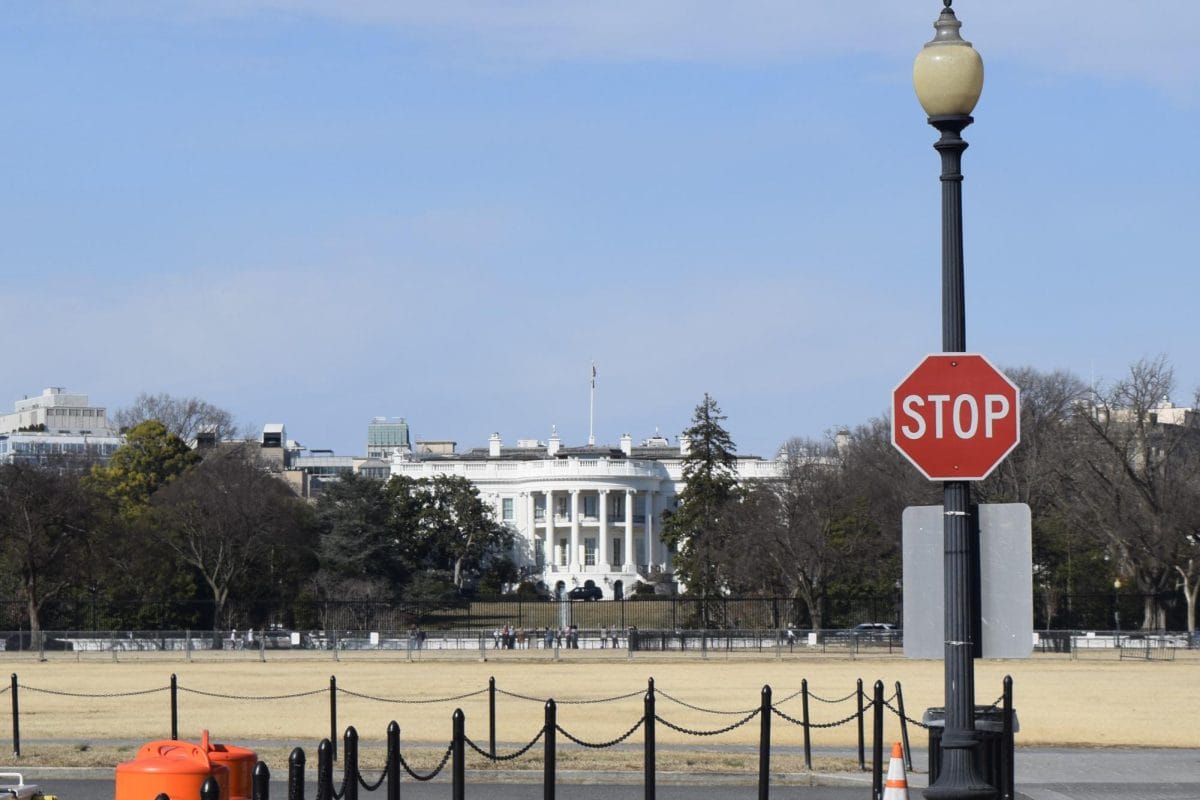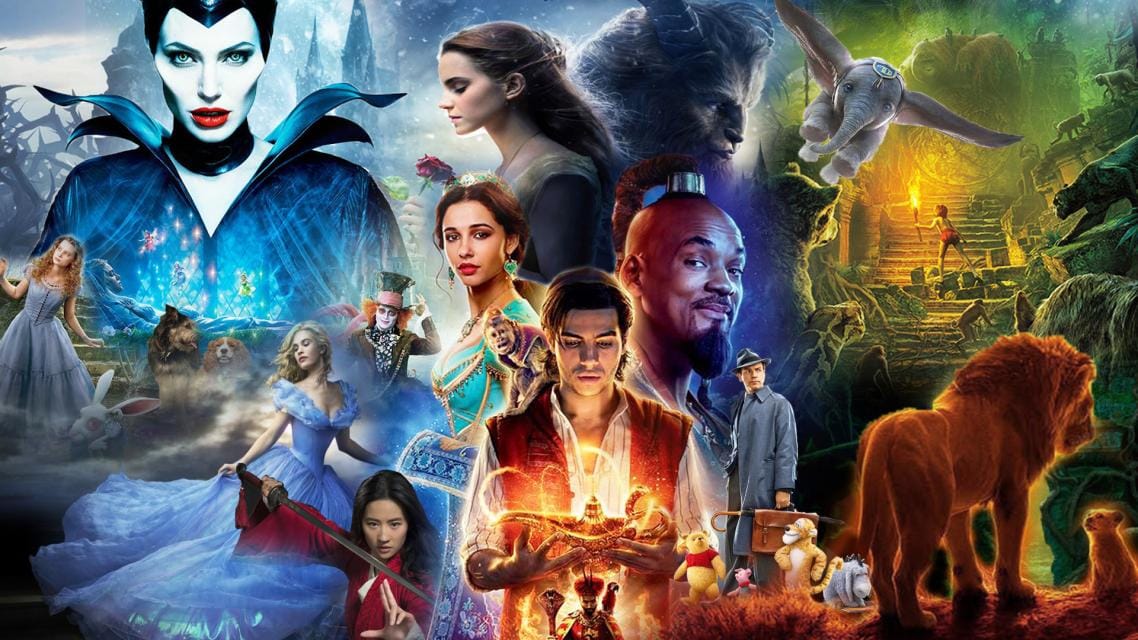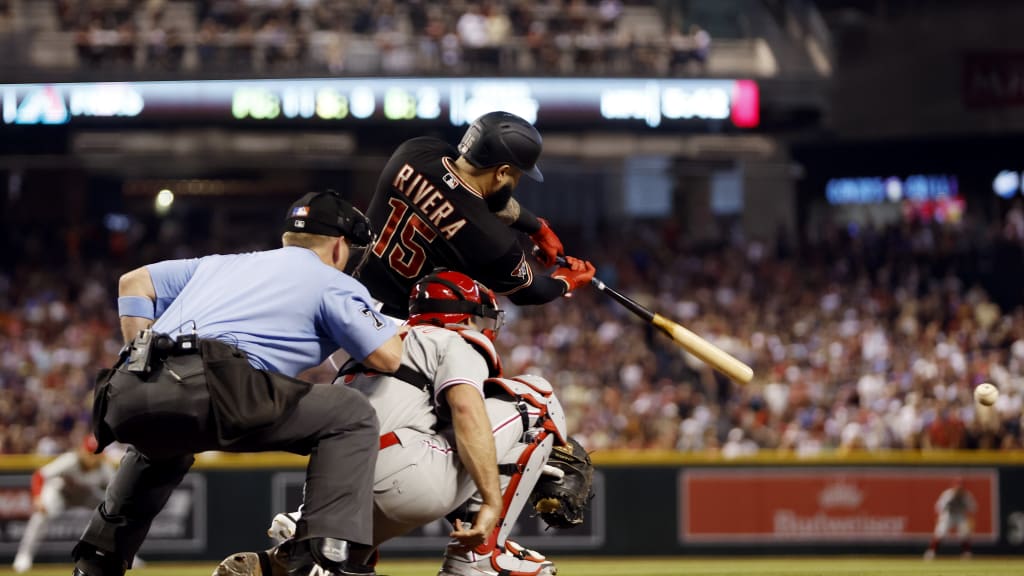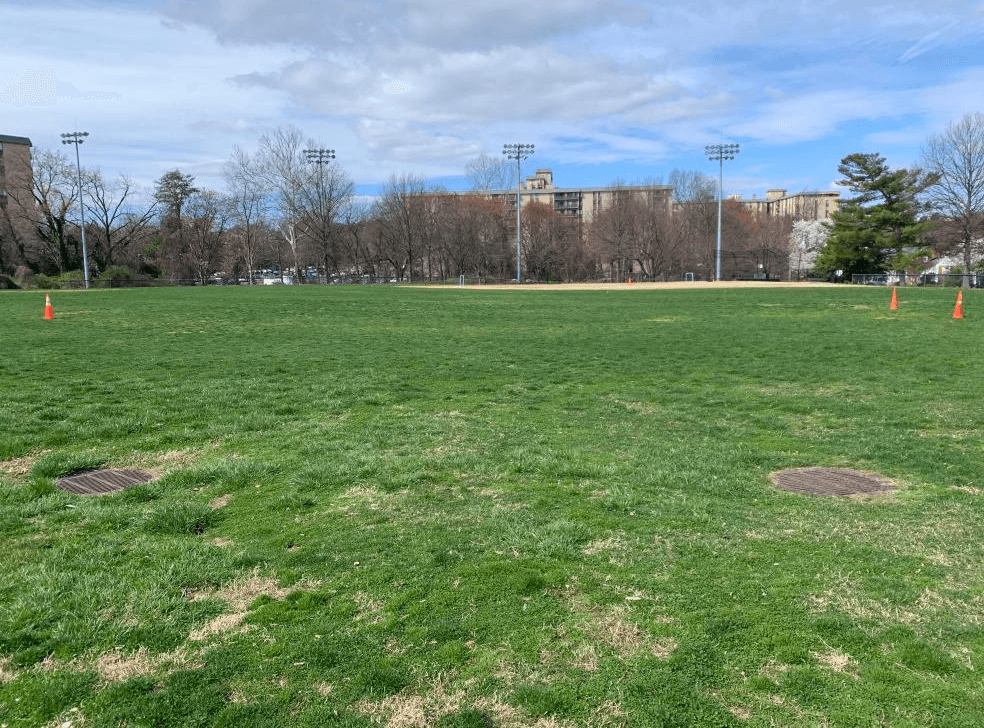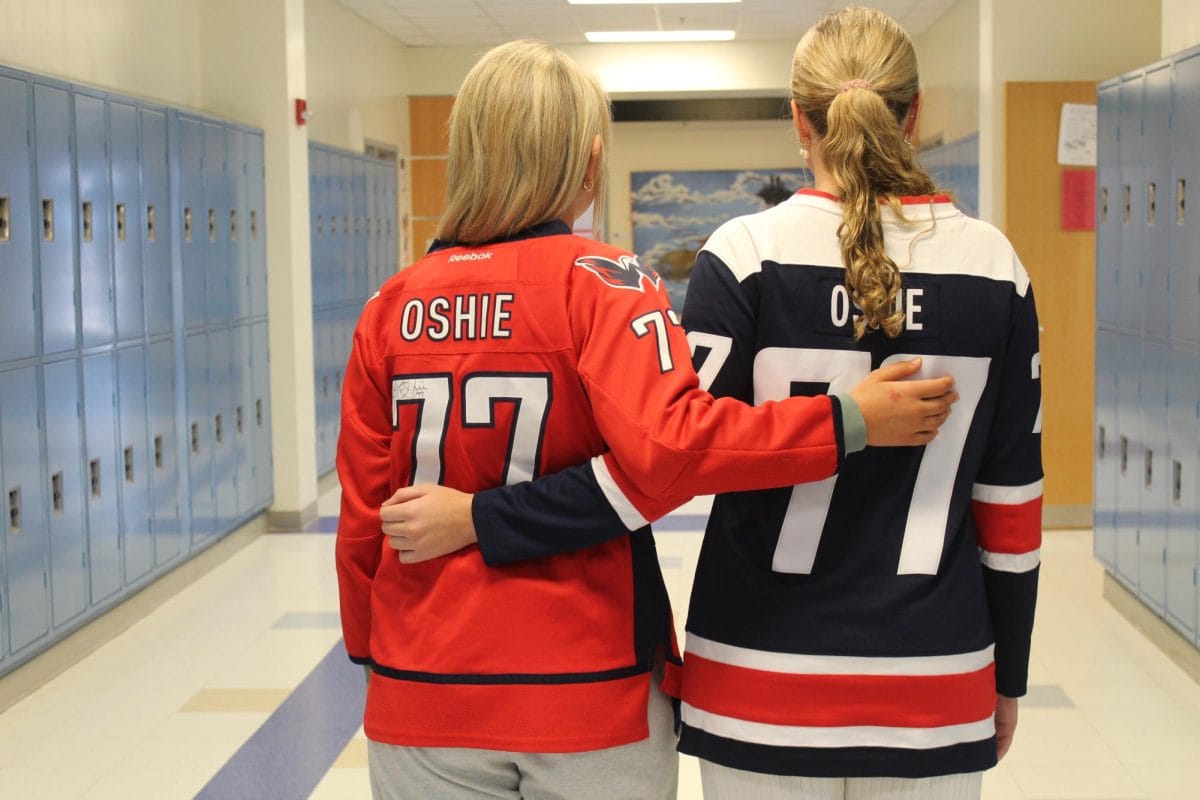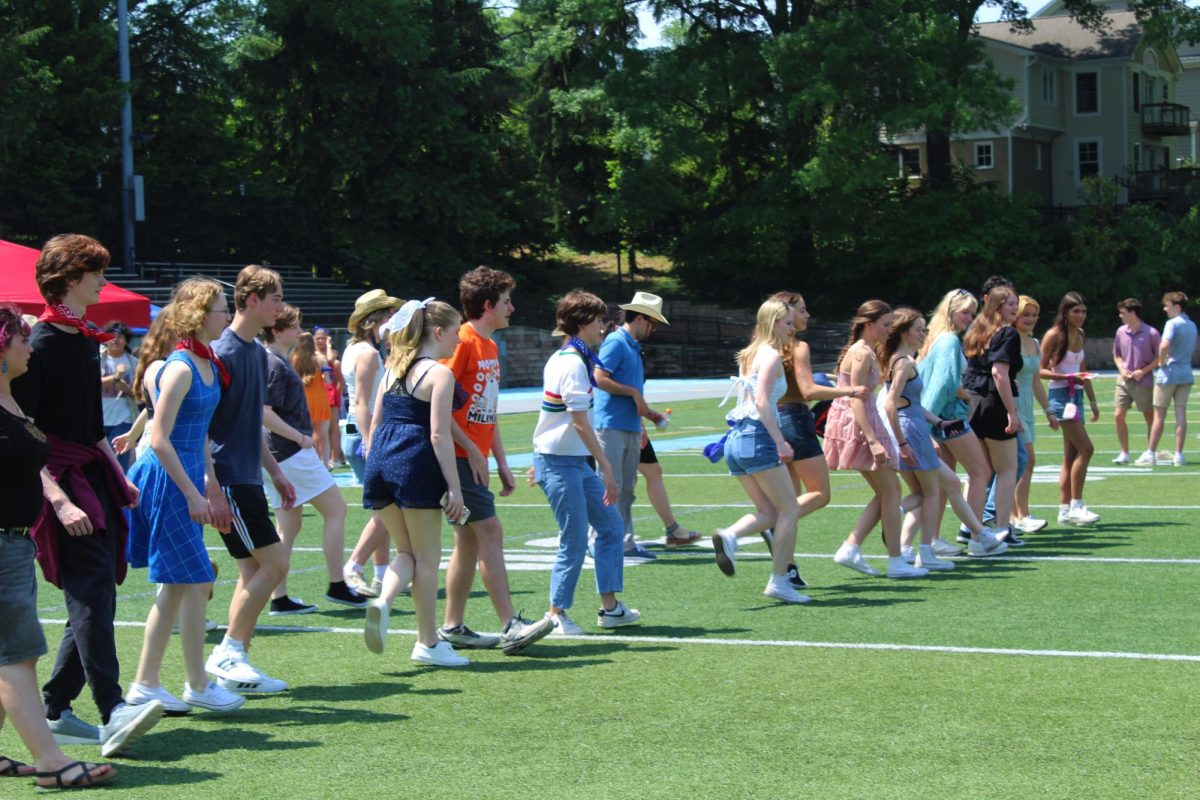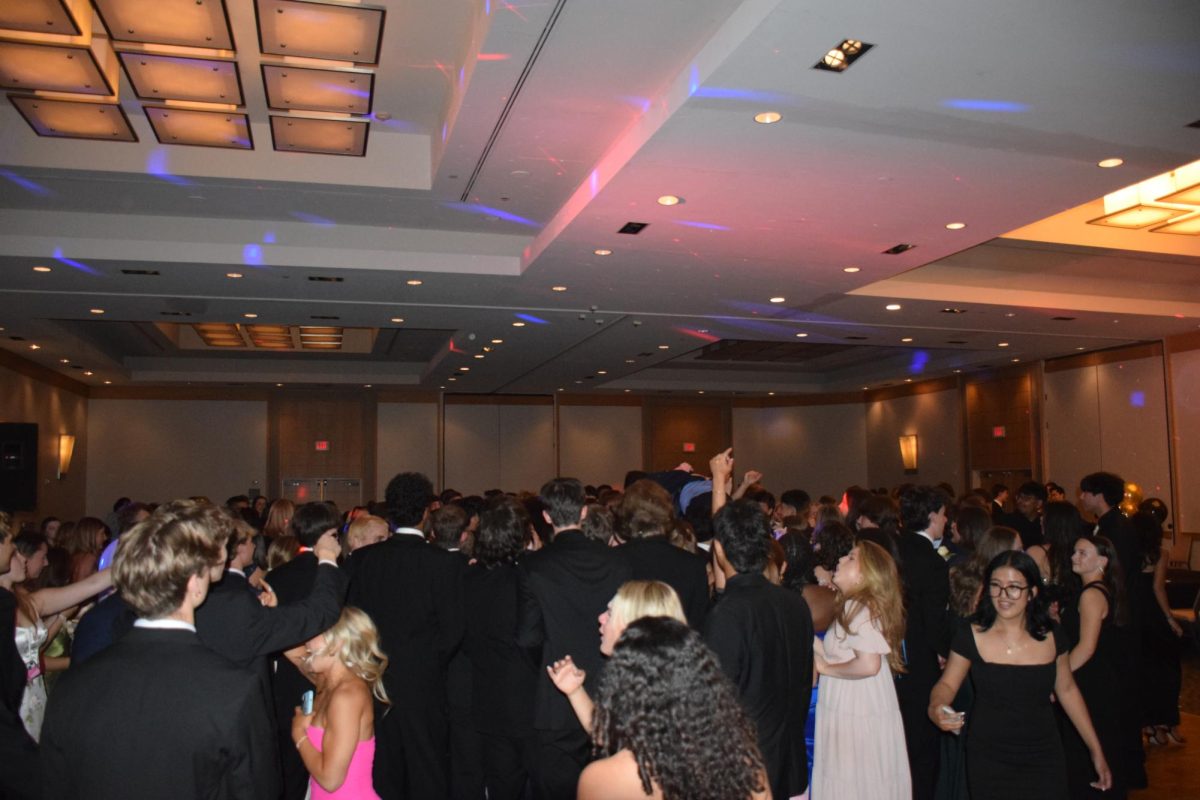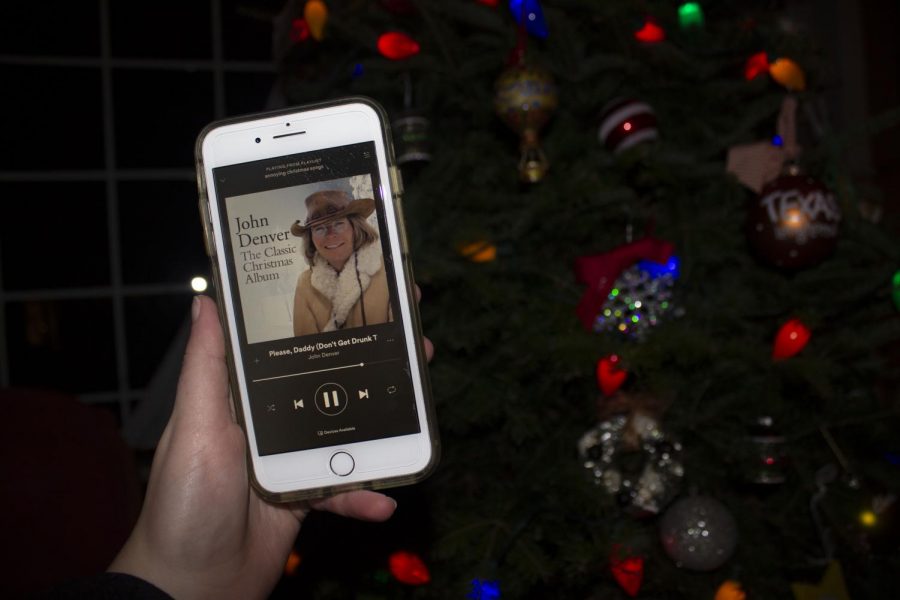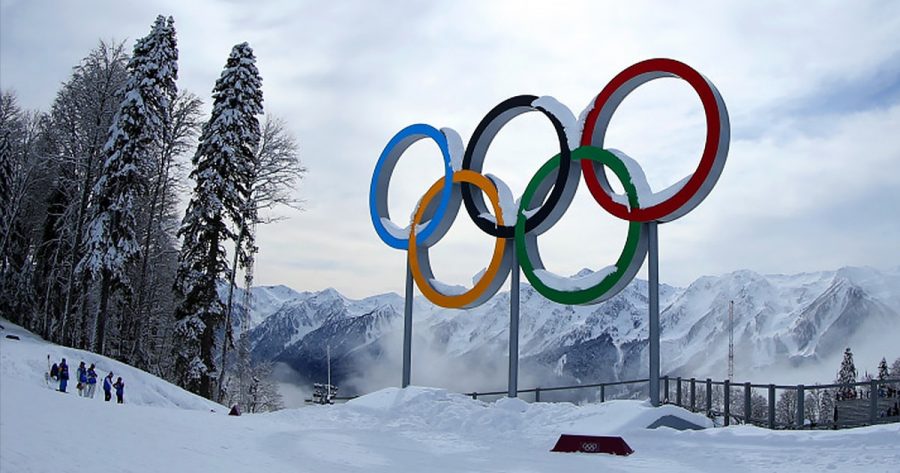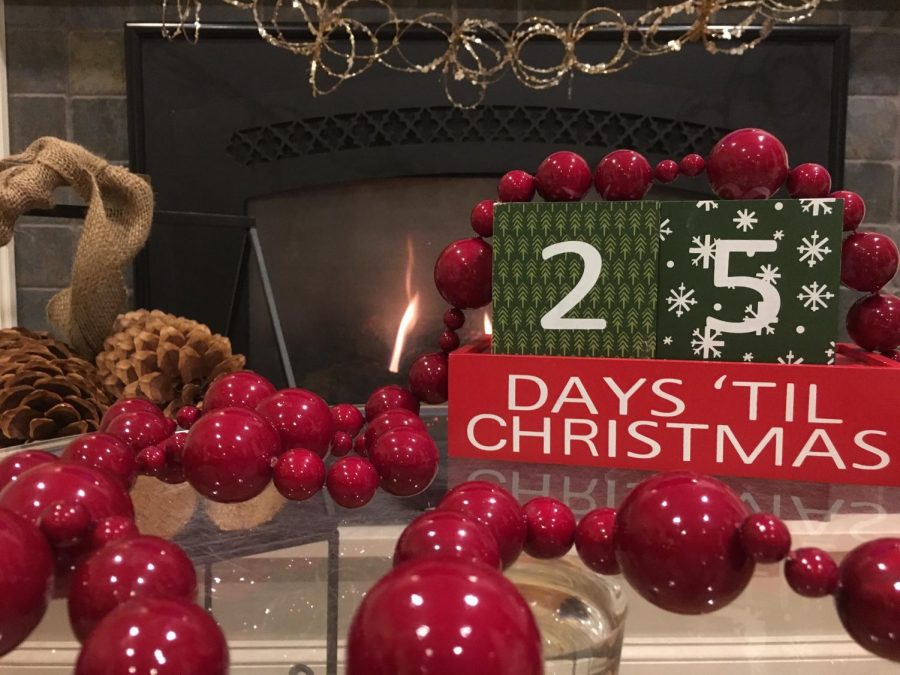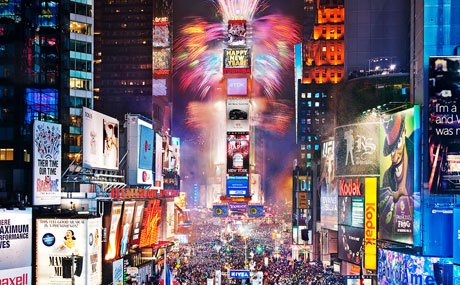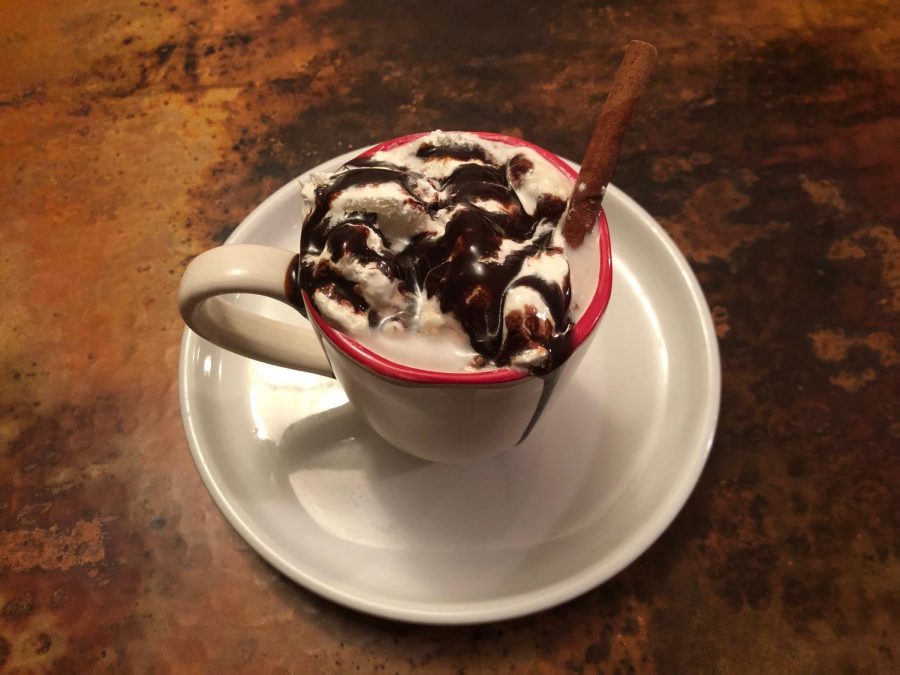For people across the globe, December marks the beginning of the holiday season. Although decorating Christmas trees, lighting menorahs and watching fireworks on New Year’s are all time-honored traditions in the United States of America, there are numerous other customs all over the world.
Christmas, celebrated by Christians all over the world, and Hanukkah, an eight-day Jewish holiday, are two of the most commonly observed celebrations in December, but these are certainly not the only major holidays this month. Here is a list of seven, less-known holidays from all over the world.
This day of rest has nothing to do with the sport of boxing. Boxing Day is celebrated the day after Christmas and began in the United Kingdom approximately 800 years ago. It started as a day when collection boxes for the poor at churches were officially opened and its contents were distributed. Also, wealthier members of society would give their servants “Christmas boxes” filled with money and gifts. Workers typically got the day off to celebrate Christmas with their families as well. Today, the tradition of the day off continues, but is filled with many sports matches, especially horse racing, and stores typically have huge sales (like Black Friday in the U.S.).
Each year in Norway and Sweden, there is a huge festival of lights on December 13. The festival marks the beginning of the Christmas season and is meant to bring light during the darkest time of year. The lights are in honor of St. Lucia (St. Lucia is also known as St. Lucy and Lucy means ‘light’), an early Christian martyr who was killed by the Romans. Today, towns elect a St. Lucia designee who leads a procession of young boys and girls around town. The group dresses in traditional clothes, usually wear lighted wreaths on their heads and sings as they walk. Schools close early to allow families to observe St. Lucia’s day at home.
The Day of the Virgin of Guadalupe
This public holiday celebrates a story of Catholic faith in Mexico. After the Spaniards conquered Mexico, they aimed to convert the indigenous people to Catholicism. They were unable to because of the strong religious beliefs already present in Mexico until December 12, 1531, when, according to legend, an indigenous Mexican man named Juan Diego encountered the Virgin Mary. To this day, thousands of people also travel to Mexico City where Diego is said to have spoken with the Virgin Mary. Public celebrations are held in honor of Mary all across Mexico with traditional foods, altars and activities.
This religious festival commemorating the journey of Joseph and Mary to find a safe place to give birth to Jesus is celebrated all across Mexico. The festival lasts nine days from December 16 to December 24. Each night, a child dressed as an angel leads a procession through the streets of town, singing Christmas carols, reading scripture and asking for lodging for Joseph and Mary. Although the group is almost always refused lodging, they continue on until they reach a designated home and they are allowed to enter to enjoy festive foods, prayer and song.
Kwanzaa is a cultural holiday that celebrates African heritage and identity over the course of seven days. The holiday is observed from December 26 to January 1, with each of its seven days corresponding to the Seven Principles: unity, self-determination, collective work and responsibility, cooperative economics, purpose, creativity and faith. Kwanzaa originated from African harvest festivals that date back as far as ancient Egypt and comes from the phrase “matunda ya kwanza,” which means “first fruits” in Swahili.
Although Omisoka, celebrated on December 31 in Japan, may seem like a typical New Year’s celebration, it is certainly like none other. In preparation for the holiday, people often clean their entire home and decorate with rice cakes and rope used in Shinto rituals. On the day itself, families spend time together, eating traditional meals such as buckwheat noodles, watching popular television programs or visiting temples and shrines.
Yalda night is one of the most ancient Iranian festivals celebrating the darkest and longest night of the year on the winter solstice, December 21. This celebration dates back to the time when most Persians followed Zoroastrianism. According to Zoroastrian beliefs, evil dominated during darkness of the winter solstice, but Ahura Mazda, the Lord of Wisdom, would return the day after. People often stay up for most of the night, gathered with family members to avoid getting bad luck. To pass the hours with laughter and joy, they eat, drink, play games and tell poems.
Along with Yalda, there are many other celebrations of the winter solstice all over the world including China with the Dongzhi Festival, India with the Lohri Festival, Soyal with the Hopi Indians of northern Arizona, Saturnalia in some western cultures and the Zuni Indians (one of the Native American Pueblo peoples) celebrate Shalako with a ceremonial dance.
These traditions shape the cultures of the region where they exist in places all across the globe, and as fall slips into winter, the celebrations begin.


